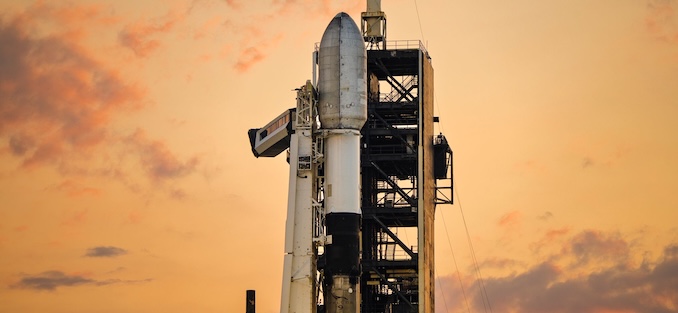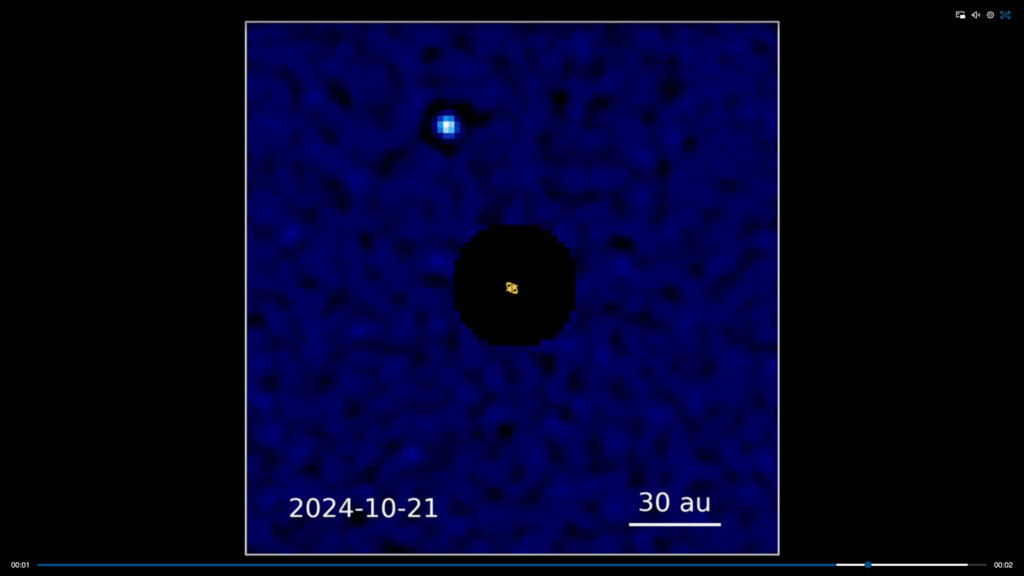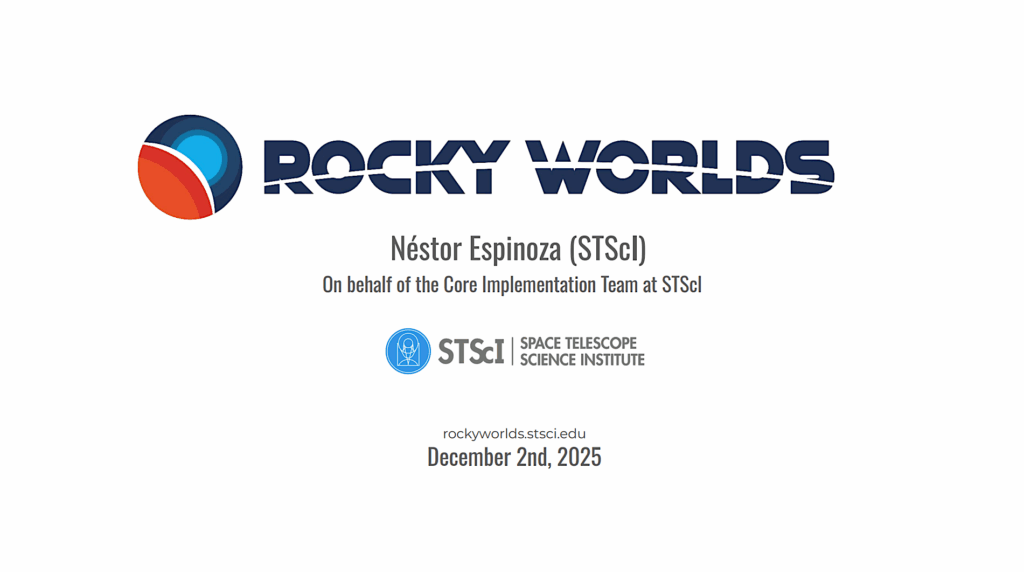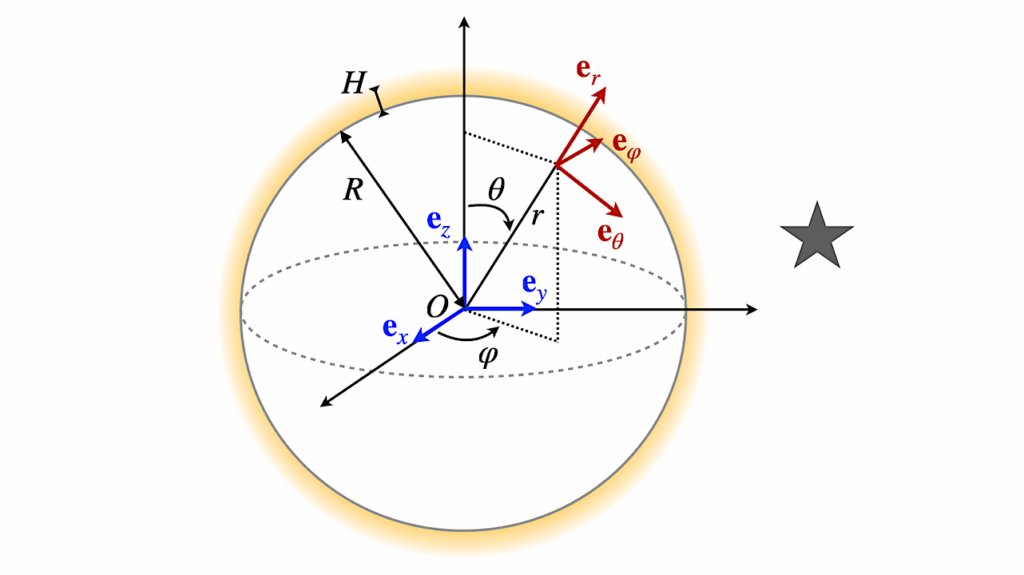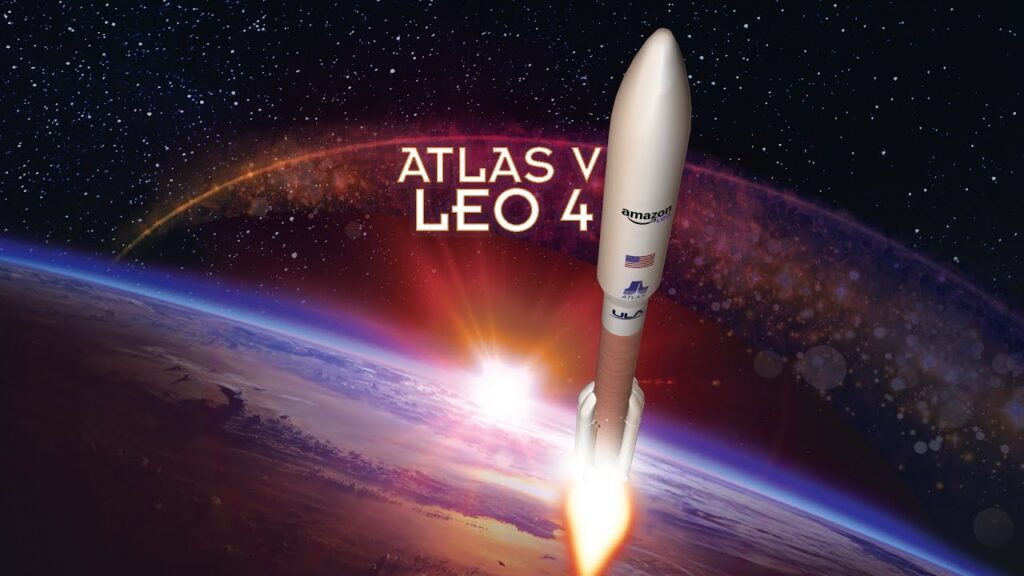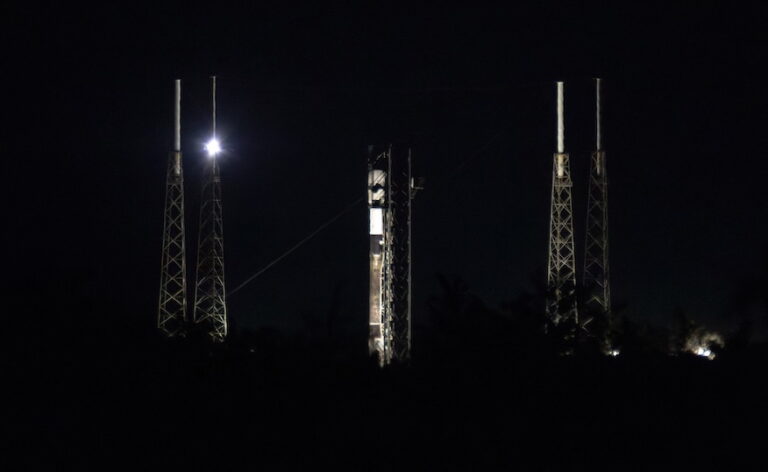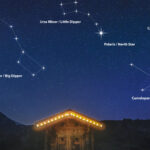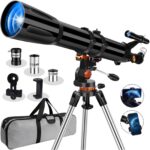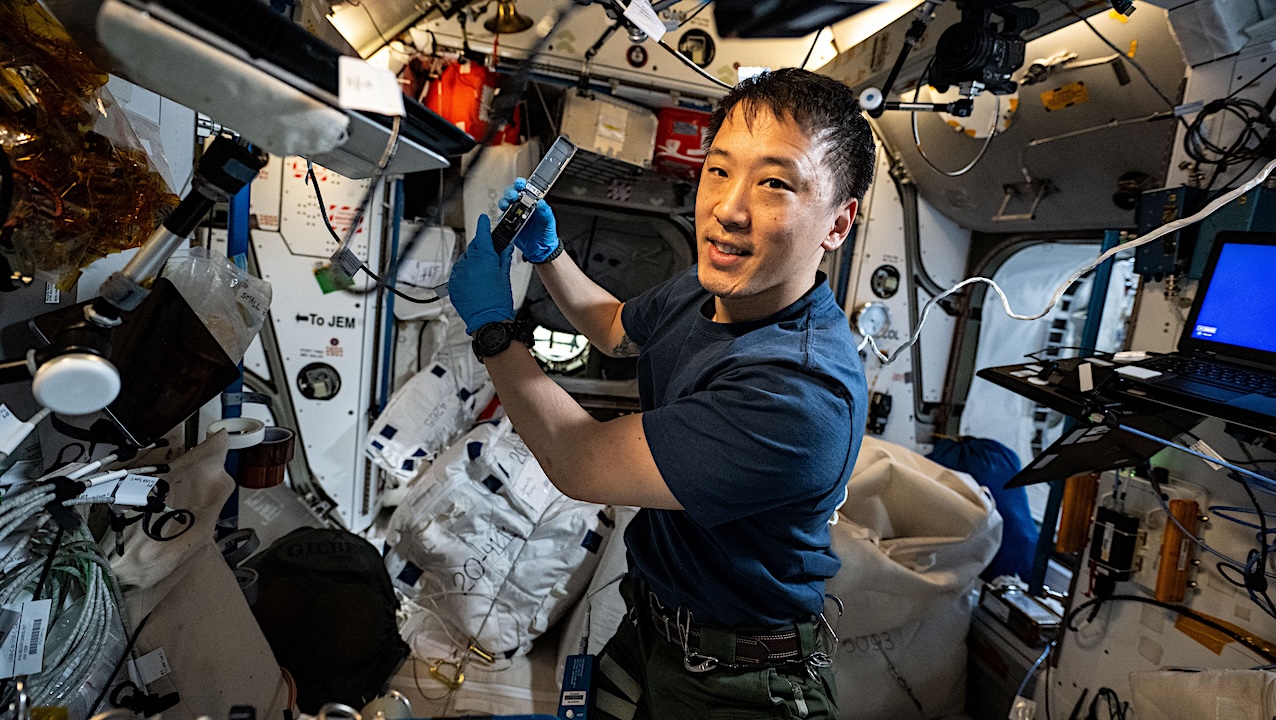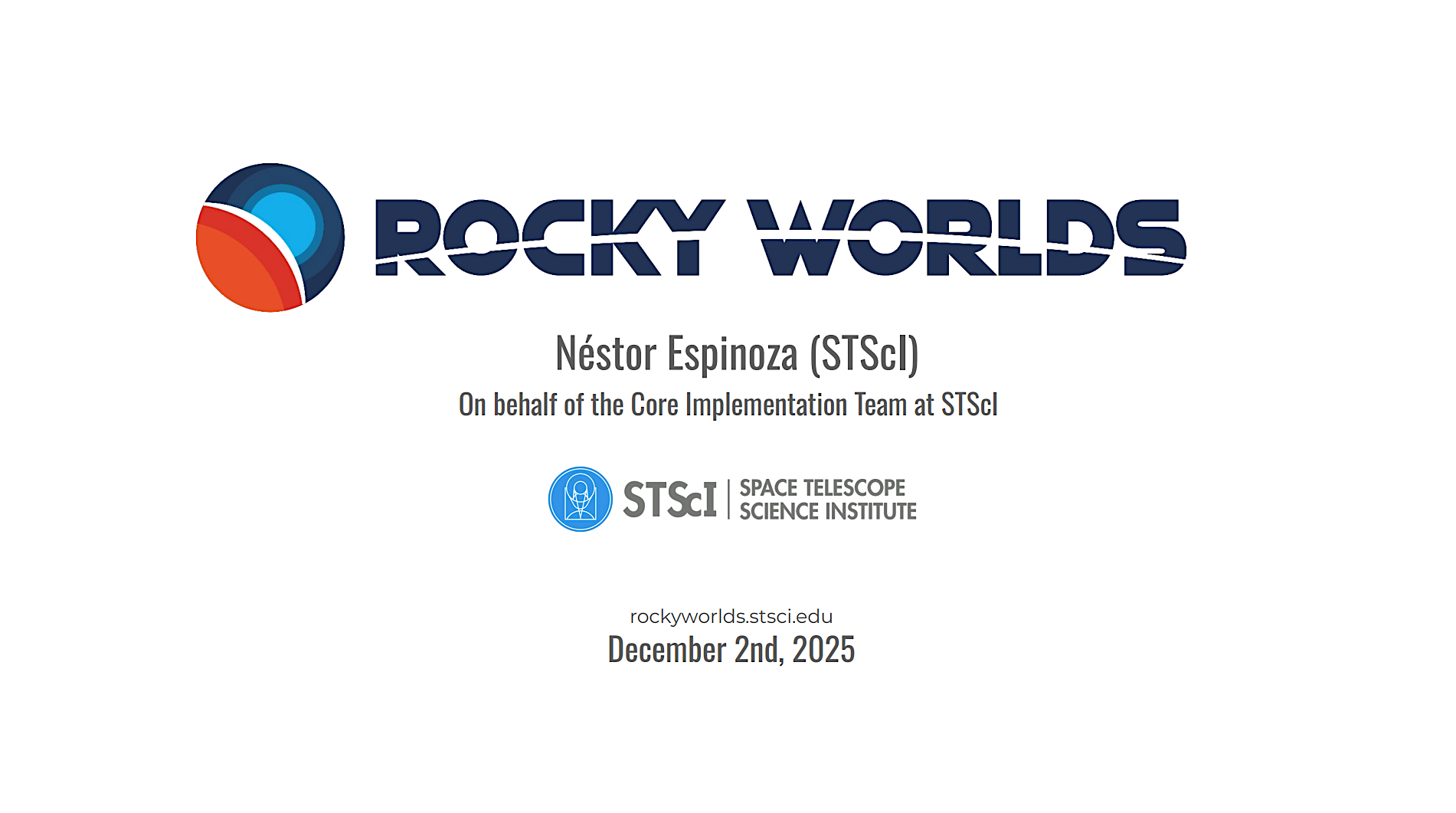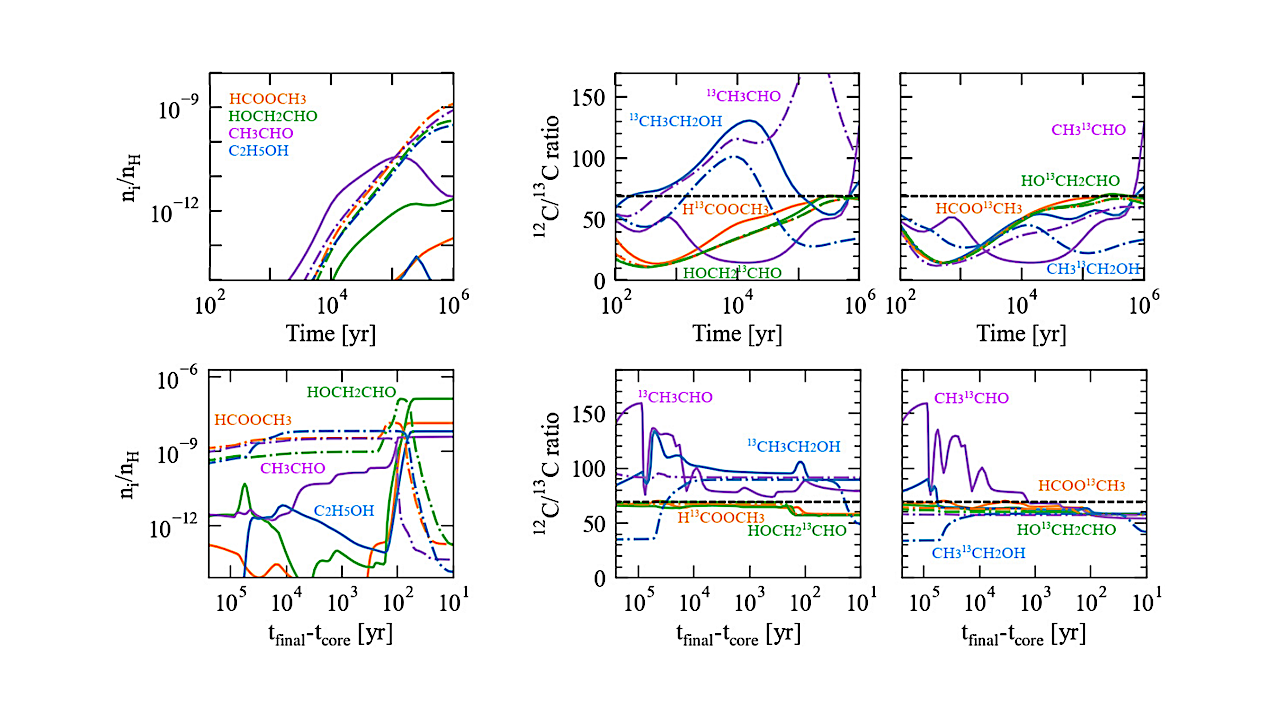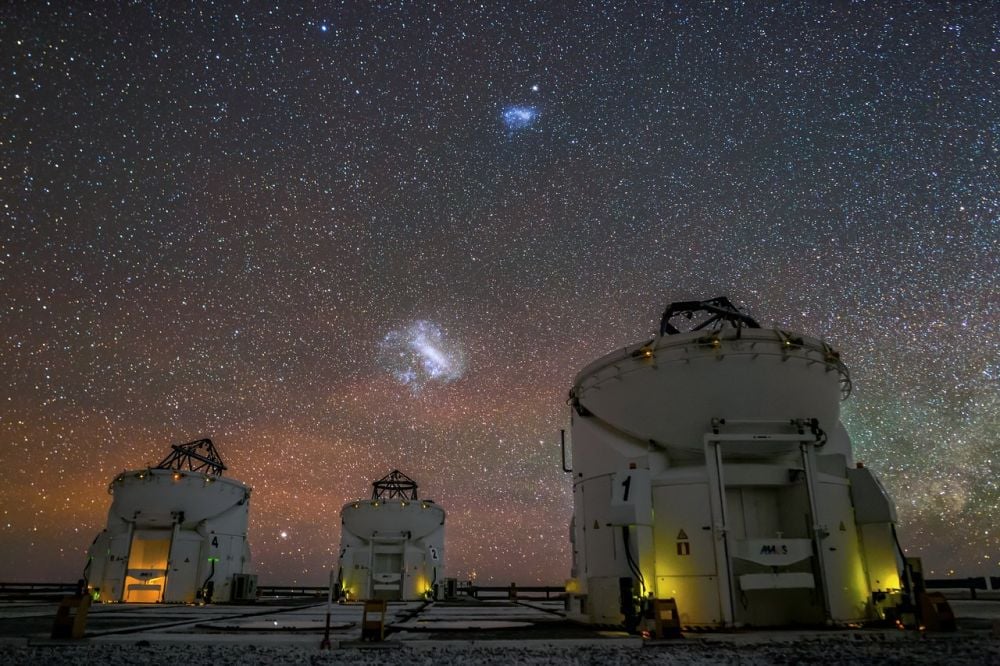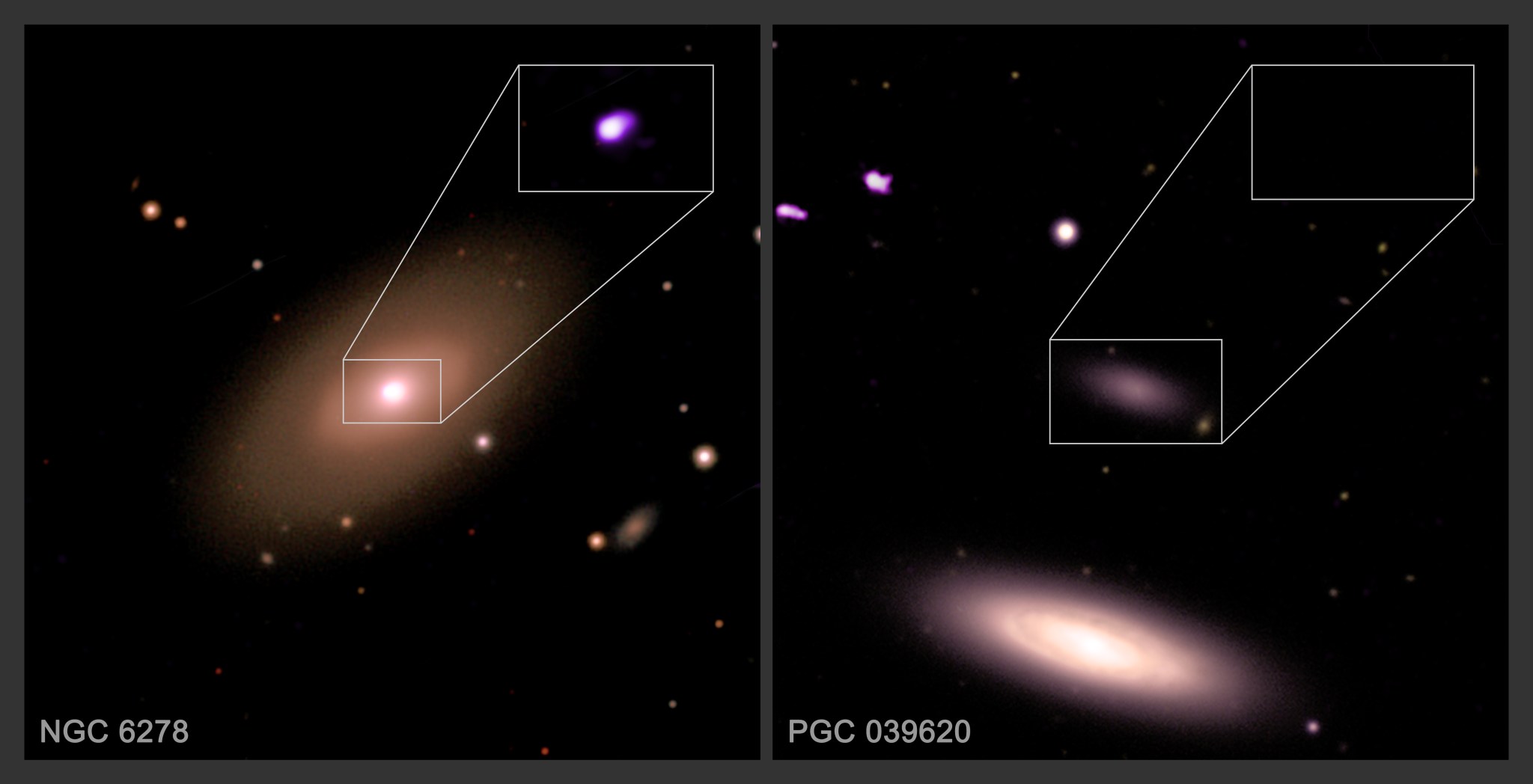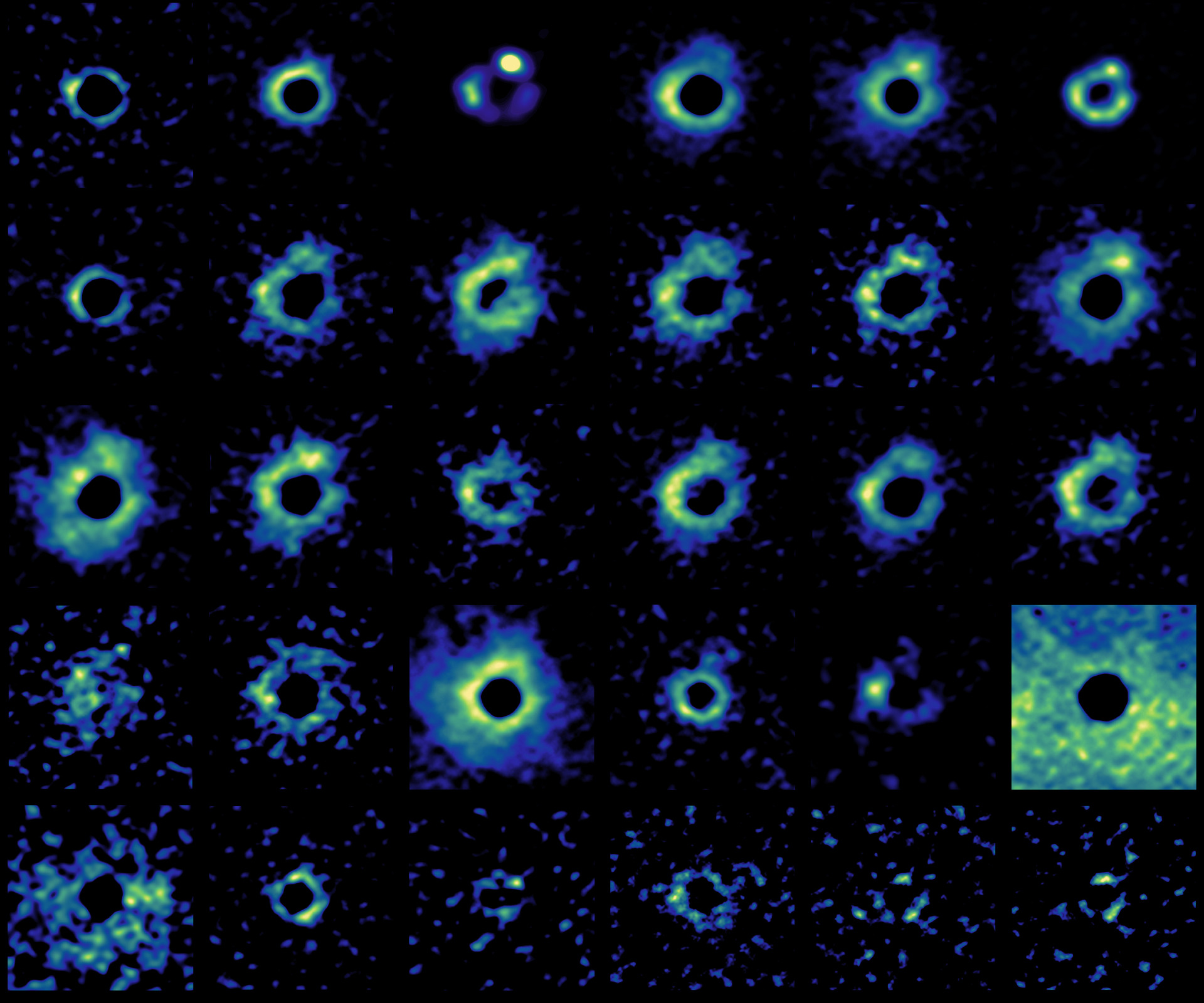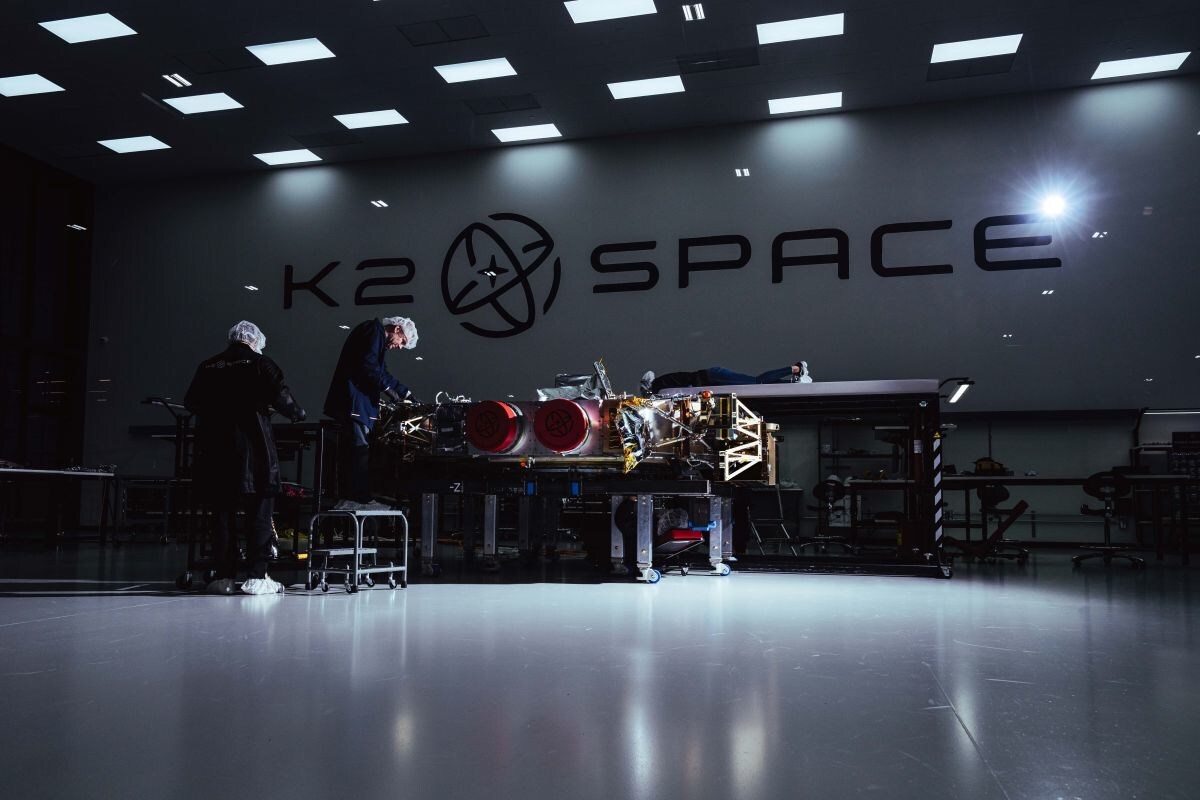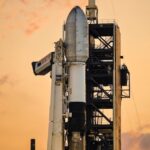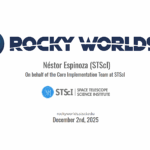The Leibniz Institute for Astrophysics Potsdam (AIP) is forming a new research group that will focus solely on the Large and Small Magellanic Clouds. The pair of irregular dwarf galaxies
The moon’s surface may be more than just a dusty, barren landscape. Over billions of years, tiny particles from Earth’s atmosphere have landed in the lunar soil, creating a possible
TAMPA, Fla. — Other space companies are likely to move toward the public markets now that Elon Musk is openly signaling plans to pursue a SpaceX IPO next year, hoping
3 min read Preparations for Next Moonwalk Simulations Underway (and Underwater) The 2025 Boeing ecoDemonstrator Explorer, a United Airlines 737-8, sits outside a United hangar in Houston. Boeing / Paul
NGC 6278 and PGC 039620 are two galaxies from a sample of 1,600 that were searched for the presence of supermassive black holes. These images represent the results of a
Astronomers have observed 57 different “faces” of a distant exploding star using different molecules to capture a varying picture of stellar death and its impact on its environment. The research
Astronomers have produced the first continuous, two-dimensional maps of the outer edge of the sun’s atmosphere, a shifting, frothy boundary that marks where solar winds escape the sun’s magnetic grasp.
With the current focus on where reality television meets the end of civilization, “Dungeon Crawler Carl: Dungeon Crawler Carl Book 1” catapults readers into a whirlwind of chaos, humor, and
Astronomers have discovered a planet beyond the solar system that orbits its twin parent stars closer than any ever seen before in a binary. The twin stars in the sky
ORLANDO, Fla. — K2 Space said Dec. 11 it raised $250 million in new funding that values the satellite manufacturing startup at $3 billion. The Series C round was led
-
 012024 in Review: Highlights from NASA in Silicon Valley
012024 in Review: Highlights from NASA in Silicon Valley -
 02Panasonic Leica Summilux DG 15mm f/1.7 ASPH review
02Panasonic Leica Summilux DG 15mm f/1.7 ASPH review -
 03From Polymerization-Enabled Folding and Assembly to Chemical Evolution: Key Processes for Emergence of Functional Polymers in the Origin of Life
03From Polymerization-Enabled Folding and Assembly to Chemical Evolution: Key Processes for Emergence of Functional Polymers in the Origin of Life -
 04How New NASA, India Earth Satellite NISAR Will See Earth
04How New NASA, India Earth Satellite NISAR Will See Earth -
 05And Thus Begins A New Year For Life On Earth
05And Thus Begins A New Year For Life On Earth -
 06Astronomy Activation Ambassadors: A New Era
06Astronomy Activation Ambassadors: A New Era -
07SpaceX launch surge helps set new global launch record in 2024


